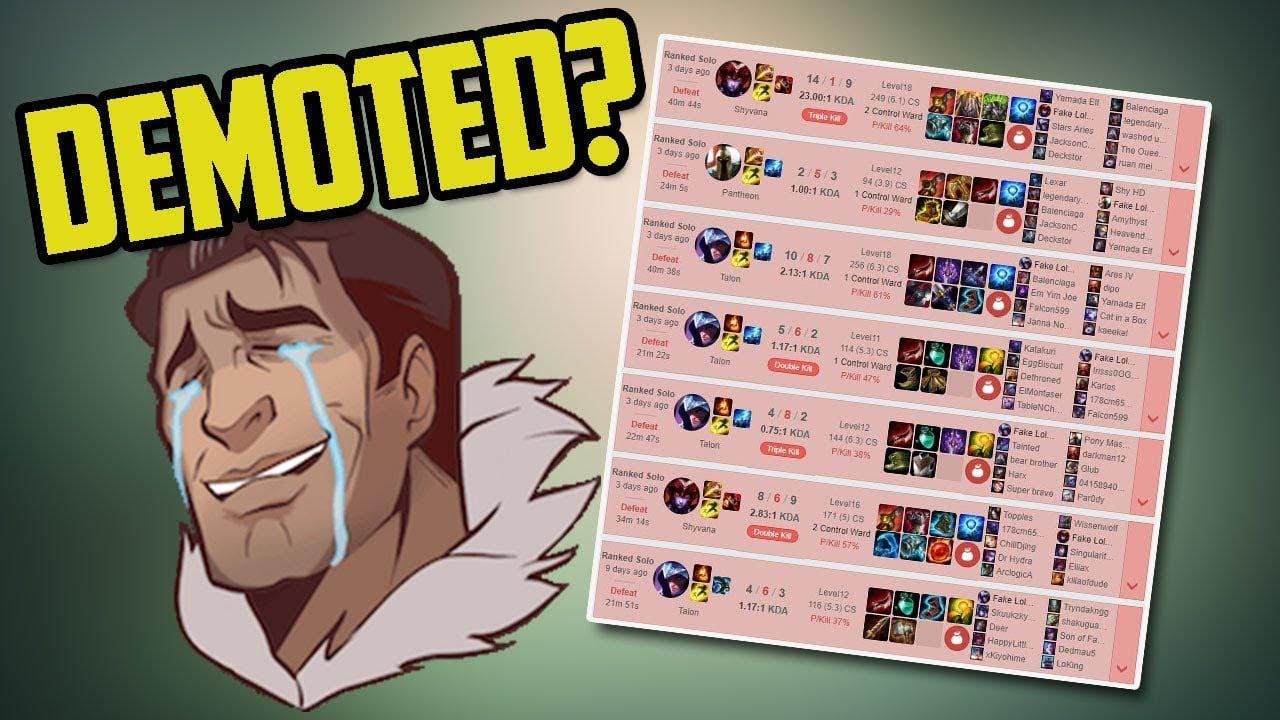

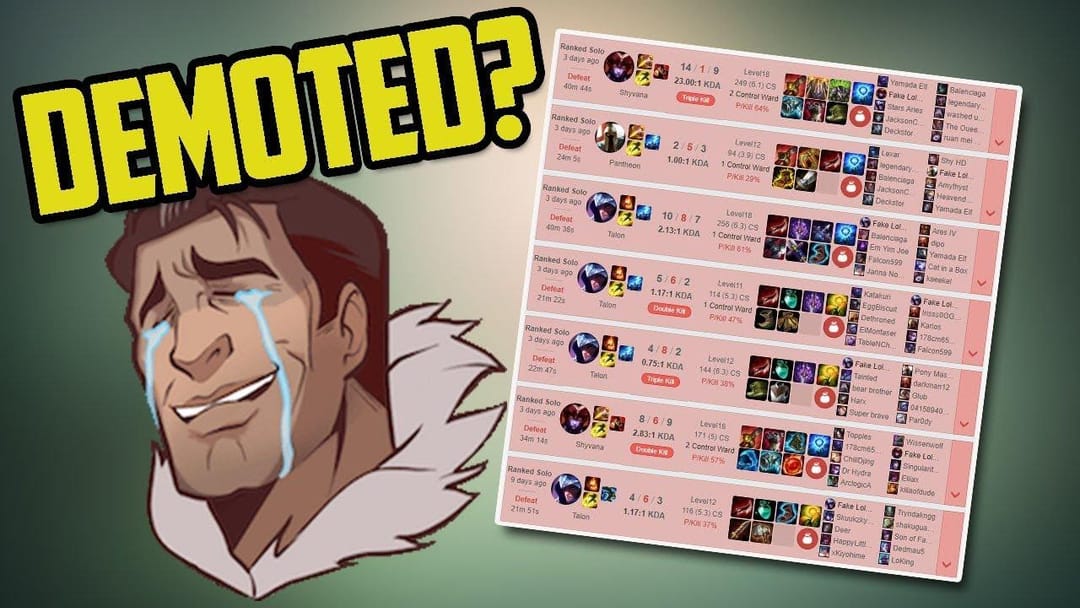
Back in the day, Elo was all about chess rankings. But fast forward to eSports and the game League of Legends in 2023, and "Elo Hell" paints an entirely different picture! It's that pesky feeling many players get, where they swear they're playing like a champ, but their rank... isn't so much. It's like being stuck in traffic; you're moving but oh-so-slowly.
The perception often causes frustration and a feeling of stagnation. Riot Games' matchmaking system sees many players facing challenges in their ranked games, especially in low elo. Most commonly, within the Iron to Gold ranks, many players compete, each with their own strengths and challenges.
Every League of Legends player wants a fair chance of winning every game, but not every player knows how to maximize their impact on the game. The true essence of Elo Hell is not just about rank but more about the perception of not advancing despite one's best efforts.
Understanding your champ's damage output, from early game to late game, can determine if you get fed or fall behind. A common mistake many low elo players make is not paying attention to their CS (creep score). CSing is not just about last-hitting; it's about understanding minion wave patterns and capitalizing on enemy mistakes. Furthermore, runes play a vital role in League. Knowing which rune to select based on your champ and the enemy team comps can significantly impact the game.
Being caught out of position can be devastating, especially in the late game, where death timers are longer. Remember, staying out of danger and improving your gameplay should be the priority every time you play.
Fundamental mechanics include efficient last-hitting, proper skill rotations, and positioning during engagements. Good wave management, for instance, can dictate the flow of the lane, providing advantages beyond just landing skill shots.
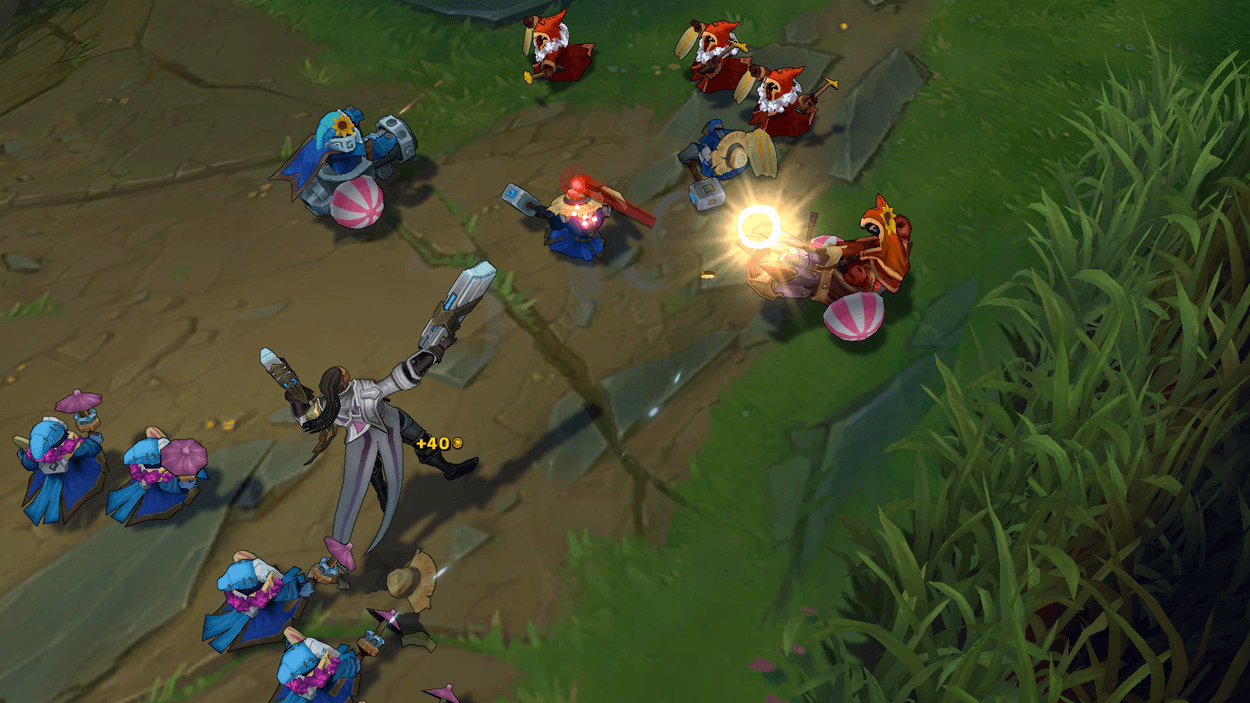
What it is: Last-hitting, also known as "farming," involves landing the final blow on a minion to gain gold.
Why it's essential: It's a primary source of in-game income, allowing players to buy items and gain a power advantage over their opponents.
How to improve: Practice makes perfect. Players can hop into custom games to focus purely on last-hitting without opponents' pressure. Keeping an eye on minion health bars and understanding your champion's attack animation and damage can improve consistency.
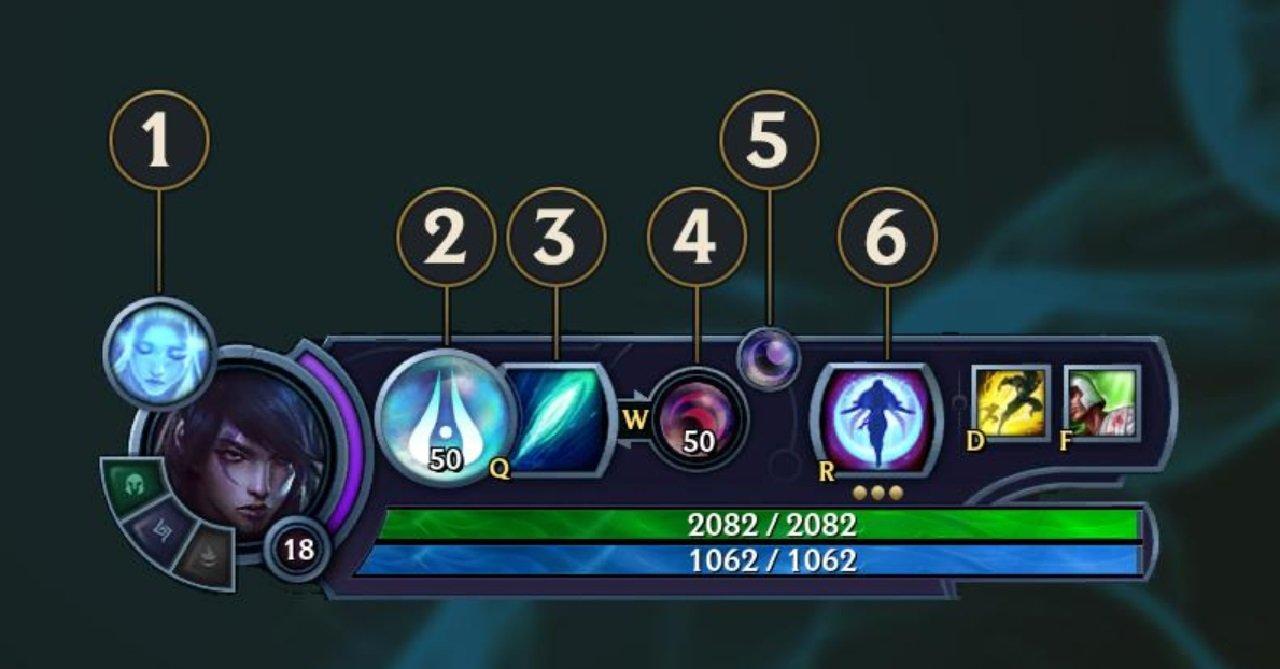
What it is: Skill rotation refers to the sequence in which a player uses their champion's abilities.
Why it's essential: Optimally chaining abilities can maximize a champion's damage output, crowd control, or survivability, depending on their role.
How to improve: Understand your champion's ability synergies. Some champions might have combinations that amplify damage or effects when used in a specific order. Watching professional players or high-ranked streamers and practicing in the training tool can offer insight.
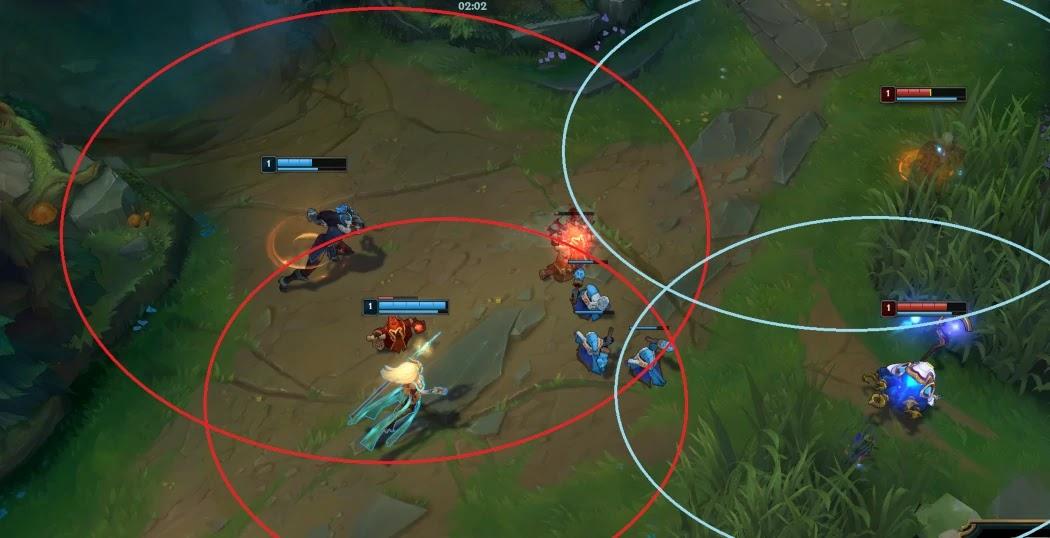
What it is: Positioning determines where a player stands during team fights, skirmishes, or when navigating the map.
Why it's essential: Good positioning can prevent unnecessary deaths, maximize damage output, and ensure the player fulfills their role during engagements.
How to improve: Map awareness is key. Always consider potential threats, like enemy crowd control or assassins. ADCs, for instance, should stay at the backline, while tanks should be at the forefront, soaking damage.
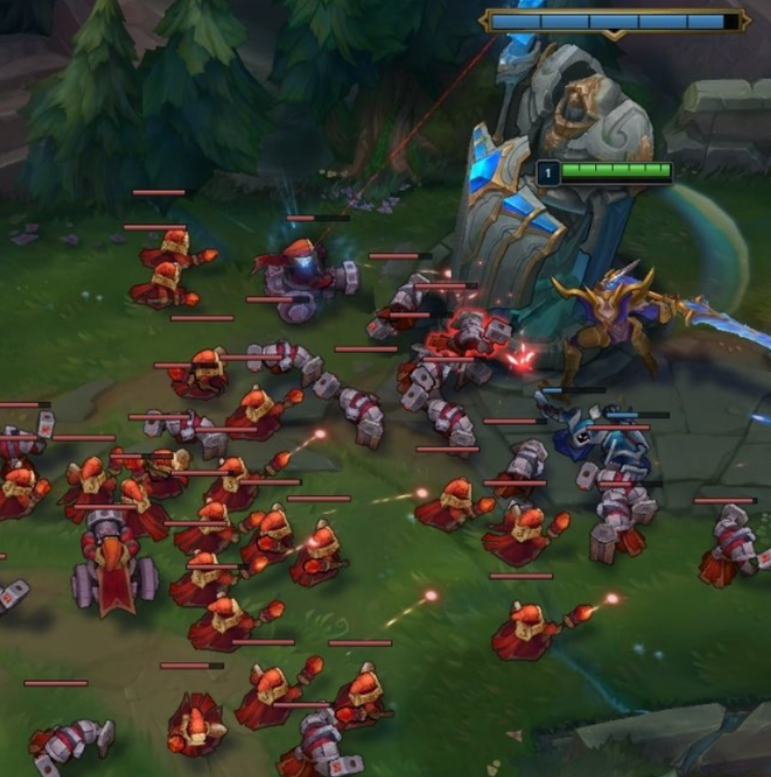
What it is: Wave management involves controlling minion waves to create desired map situations, such as freezing, slow-pushing, or fast-pushing.
Why it's essential: Properly managed waves can create pressure, deny the opponent resources, set up ganks, or provide safety.
How to Improve: Mastering wave management is crucial for lane dominance. How you manage minion waves can provide various benefits, depending on the situation.
What it is: Freezing involves last-hitting minions at the last possible moment, ensuring the wave remains close to your turret without it being in turret range.
When you're ahead: If you're stronger than your opponent, freezing near your turret can deny them experience and gold because they risk getting killed or ganked if they approach the wave.
When you're vulnerable to ganks: If the enemy jungler is frequently ganking your lane or if you lack vision, maintaining a freeze can offer safety.
Zone Control: Freezing can zone enemies from experience and gold.
Safety: Keeping the wave near your tower makes you less susceptible to enemy ganks.
Pressure: Your opponent must overextend to farm, making them an easy target for your jungler.
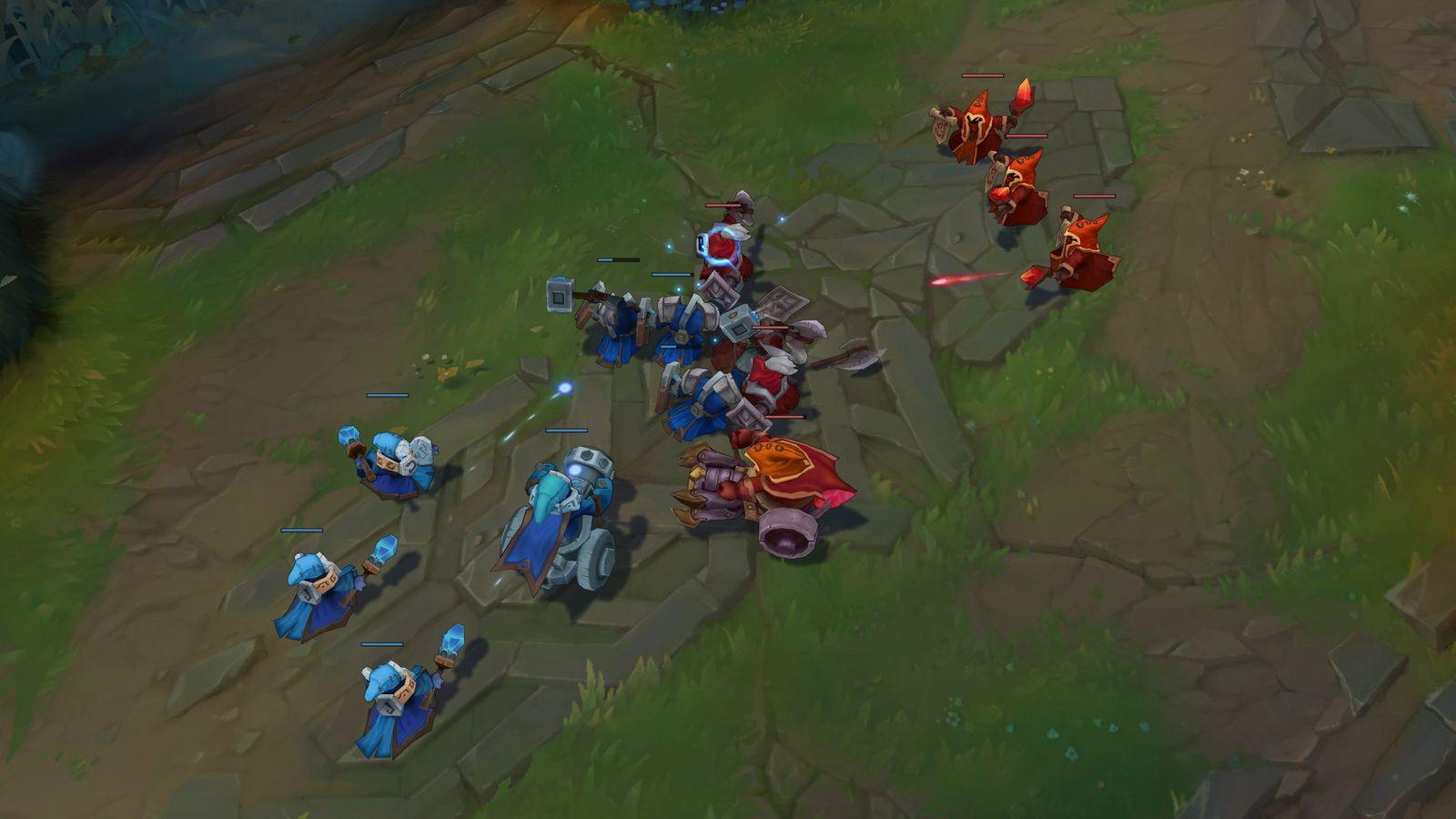
What it is: Slow-pushing is achieved by only slightly outnumbering the enemy minions (e.g., killing only the caster minions). Over time, your wave will grow larger, forming a "super wave" that crashes into the enemy turret, which can lead to significant turret damage or even securing the turret.
Before an objective: If Dragon or Baron is about to spawn, slow pushing a wave ensures that a large wave crashes into the enemy turret around the time the objective spawns. That forces an enemy champion to address the wave or risk losing a significant amount of gold, experience, and potentially their turret.
When planning to roam or recall: Setting up a slow push can give you time to roam to other lanes or return to the base without missing much farm.
To set up dives: If you and your jungler plan to dive the enemy under their tower, a slow push can ensure you have a large wave accompanying you, making the dive safer.
Map Pressure: A slow-pushing wave can demand attention from enemy champions, freeing up space for your team elsewhere.
Resource Denial: If timed correctly, the enemy turret can kill many minions, denying the enemy laner gold and experience.
Turret Damage: A large minion wave can significantly damage enemy turrets if not taken down.
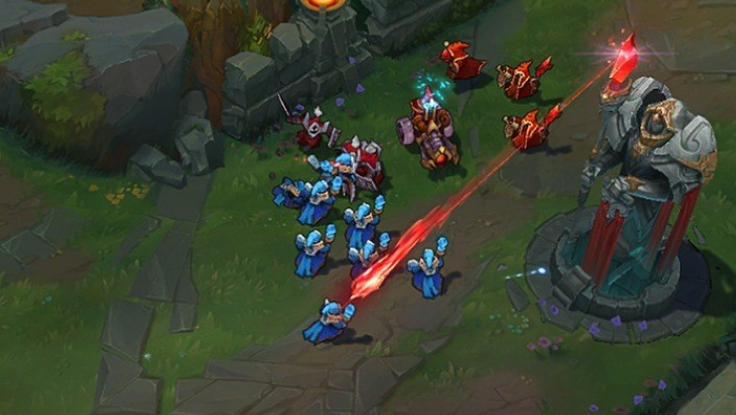
What it is: Fast-pushing involves quickly clearing the minion wave to make it crash into the enemy tower as soon as possible.
After a successful kill/trade: If you've just taken out your lane opponent or forced them to recall due to low health, shoving the wave ensures they miss out on the minions that die to their turret.
When the enemy roams: If you spot your lane opponent moving to another lane or heading towards an objective and can't follow them, you can fast-push to apply pressure on their tower.
Resetting the lane: If the wave is in an unfavourable position for you, quickly clearing it can allow it to reset, bringing it back to a neutral or more favourable spot.
Before you recall: If you want to return to base to buy items, fast pushing the wave ensures you miss minimal minions upon returning to lane. This method also makes it challenging for the enemy to freeze the lane since the wave is at their tower.
To relieve or create pressure: Sometimes, even if you can't see an immediate advantage, pushing the wave into the enemy tower can divert attention to your lane, relieving pressure on other parts of the map or forcing the enemy to respond.
Deny Resources: Minions that die to the tower are gold and experience the enemy laner doesn't get. You increase your lead by shoving the lane after a successful trade or kill.
Map Pressure: When you shove a wave into the tower, someone on the enemy team has to respond, creating opportunities elsewhere.
Vision and Roaming: Once the wave is under the enemy tower, you have a brief window to place deep wards or roam to other lanes without losing much in return.
Tower Damage: Over time, minions chipping away at the tower can lead to significant damage or even take down the tower, granting global gold and opening up the map.
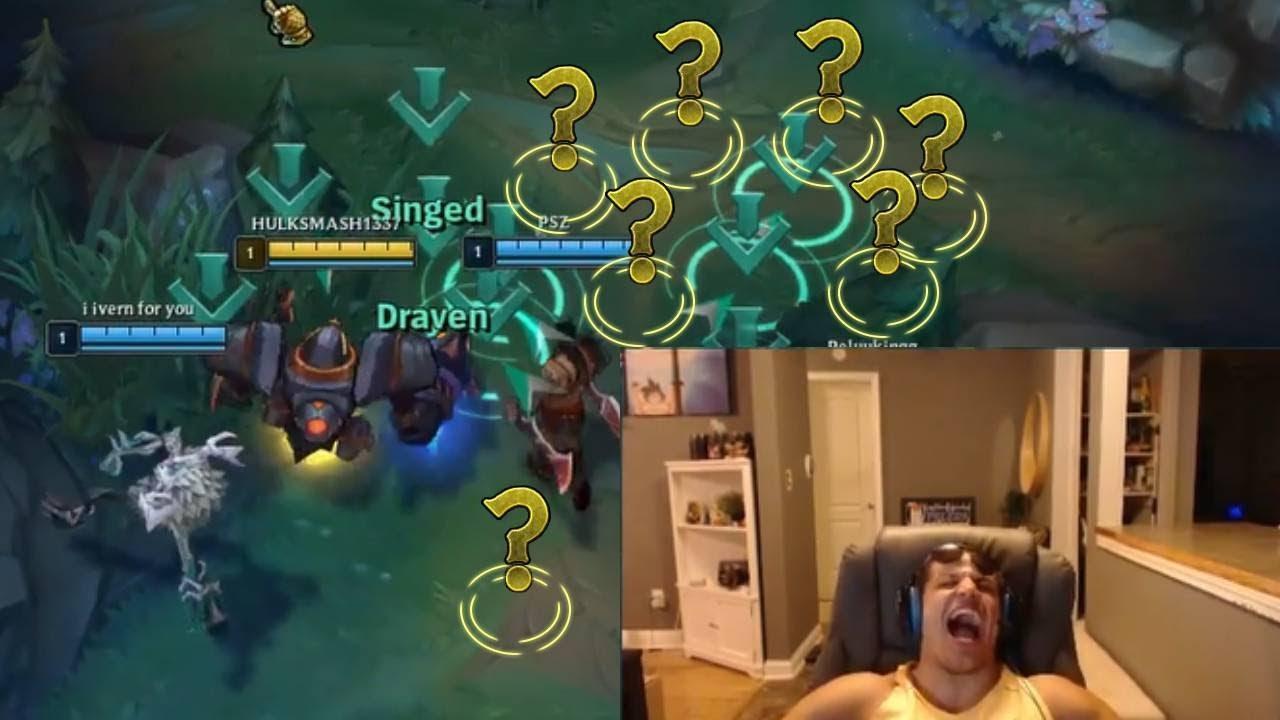
Why do some players with impressive mechanics still struggle to climb? Skill gap isn't the only reason. A significant factor is the psychological aspect of gameplay.
Being passionate about the game can sometimes lead to heightened emotions, both positive and negative. Learning to manage emotions, especially during challenging games, is crucial. Techniques such as taking breaks after consecutive losses or viewing setbacks as learning tools can substantially impact overall performance.
Effective pinging and communication helps you and your team and it cannot be overstressed in a game like League of Legends.
Communication transcends just alerting teammates about enemy movements. It encompasses strategy discussions, objective coordination, and morale management. For instance, a coordinated team can leverage a single pick into a significant objective or map control, pivoting the game's outcome.
League of Legends rewards players who grasp the broader game strategy, often termed "macro" gameplay. This means understanding game phases, prioritizing objectives, establishing vision control, and making informed decisions about when to engage or disengage.
Statistical data suggests that teams prioritizing vision control and objective-based gameplay have a higher win rate. Such strategies often prove more fruitful than merely focusing on individual outplays.
Many low elo players don't get "too greedy" and lose their advantage. For instance, knowing when to use teleport to join a team fight or to secure objectives is crucial. Junglers, especially, have a massive impact on the game. Their knowledge of the game can dictate the pace from early to late game. Ways to improve include understanding when to engage in one-on-one skirmishes and when to capitalize on objectives.
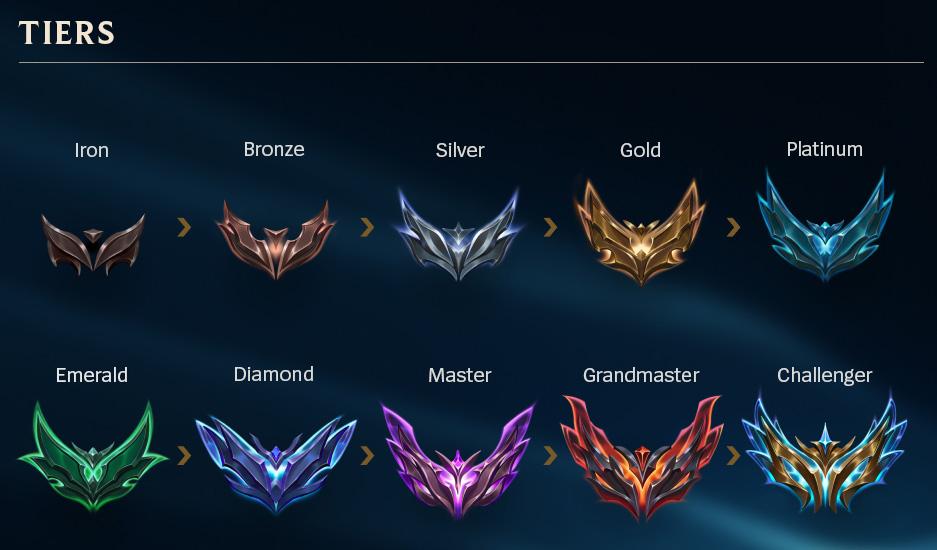
Whether you're trying to get out of iron, gold, or any other rank, understanding the common mistakes players make in every rank can help you climb. Solo queue can be challenging, but with the best League of Legends strategies and knowledge, every single game becomes a learning experience. To climb out of elo hell, you must consistently improve your skills.

Choosing a role or champion is about more than just what's popular in 2023. It would be best if you chose a champion that fits the team comp and one you know how to play effectively. Don't rely on getting carried; every player has a role that can change the game's outcome. Diversifying and mastering multiple champs is essential to improving and reaching higher ranks.

The eSports landscape has evolved dramatically, particularly in games like League of Legends. As the stakes grow higher in the competitive scene, the importance of coaching has become increasingly evident. Coaching in League of Legends is a multidimensional process, addressing various facets of a player's gameplay and mentality.
What it involves: Coaches observe a player's games, noting strengths and areas of improvement. They offer personalized feedback based on individual performance, ensuring that advice is tailored to a player's unique style and challenges.
Benefits: Personalized feedback helps players focus on the most pertinent areas of improvement, increasing the efficiency of their practice sessions.
What it involves: Based on meta shifts, individual player strengths, and team composition needs, coaches can suggest additions or modifications to a player's champion pool.
Benefits: An optimized champion pool ensures players are always ready for any match-up, making them versatile and adaptable to various game situations.
What it involves: Coaches go beyond the game's basics. They guide players through intricate tactics like wave control, deciding jungle routes, mastering vision, and planning macro plays.
Benefits: Grasping these advanced strategies equips players with the tools to outsmart and outplay their opponents, giving them different ways to win.
What it involves: League of Legends can be mentally taxing, with players often facing pressure, anxiety, and tilt. Coaches often play a pivotal role in helping players develop a strong mental framework, teaching them coping mechanisms and mindset strategies.
Benefits: A strong mentality can differentiate between a win and a loss. Players who remain calm under pressure, bounce back from mistakes, and maintain a growth mindset tend to perform better consistently.
What it involves: Coaches sit with players to review game footage and dissect plays, decisions, and game outcomes. This deep dive into gameplay offers insights that players might miss on their own.
Benefits: Regular review sessions help players internalize lessons, recognize patterns in their gameplay, and understand the implications of their in-game decisions.
Let's get one thing straight. The Elo Hell journey? It's like climbing a mountain with roller skates. Tough? Absolutely. Impossible? Heck no! Embarking on the journey through Elo Hell is undeniably challenging. Remember, the journey is tough, but every time you play, there's an opportunity to learn and drastically improve. This journey, while daunting, promises personal growth and a deeper understanding of League of Legends as a game. To all striving players: May your dedication and efforts guide you to the rank you aspire to achieve.